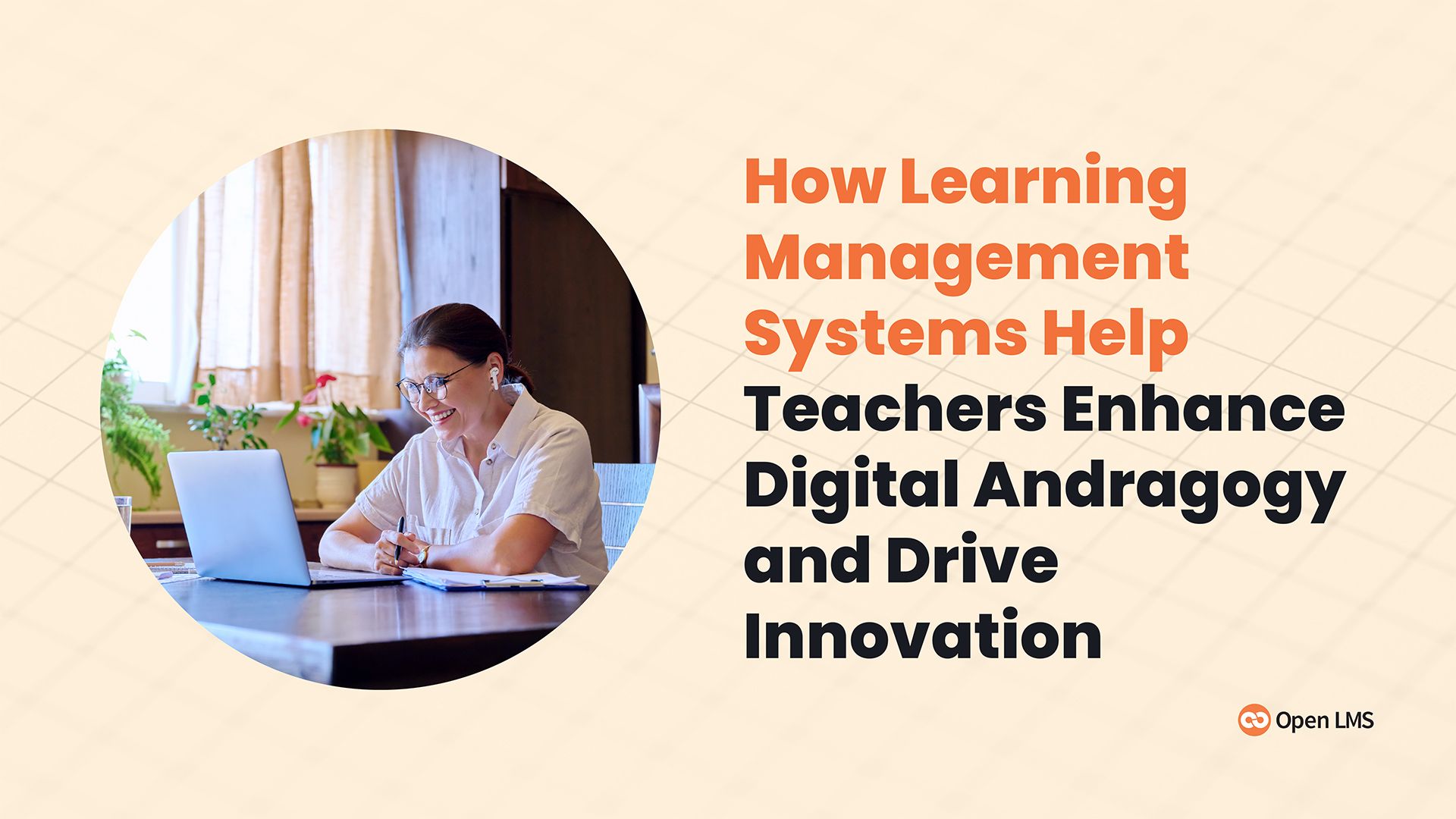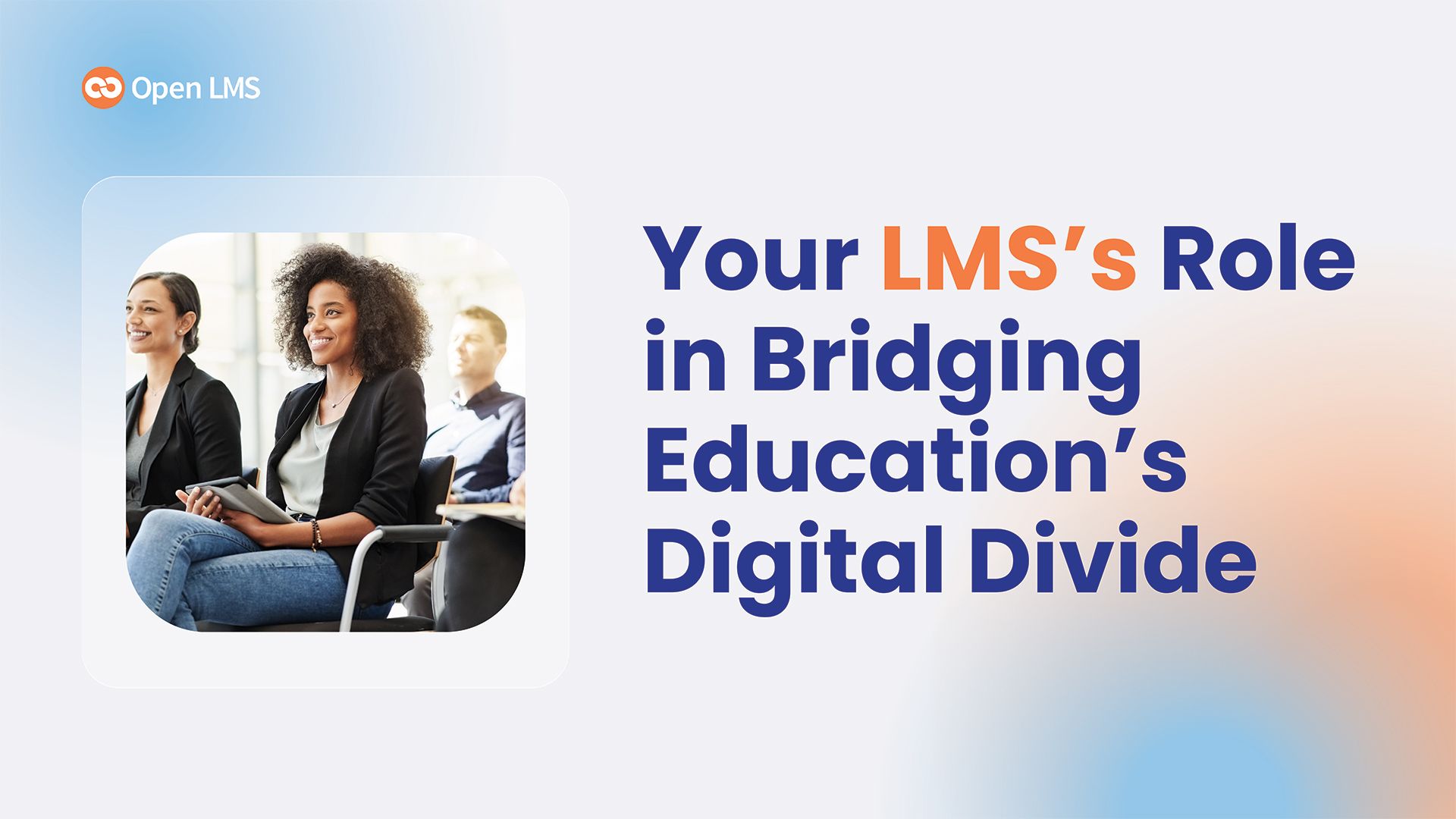
Supporting Teacher Mental Health: Easing the Burden With Open LMS
Learn how Open LMS helps educators tackle mental health challenges, lighten workloads, and create a supportive teaching environment.
Learn how Open LMS helps educators tackle mental health challenges, lighten workloads, and create a supportive teaching environment.
Discover how competency-based education helps learners master the skills necessary to succeed in the workplace. Plus, learn how to design a CBE model.
Boost student retention with data-driven insights. Use Open LMS Reports Engine and IntelliBoard to engage learners and improve outcomes effectively.
Learn how including mobile learning in your accessibility strategy can help your institution improve educational equity for all learners.
Organizations need highly skilled workers to keep up with changing technologies. Higher learning institutions can help bridge the skills gap.
Discover how an LMS can enhance digital andragogy, improve student outcomes, make learning more accessible, and drive innovation in higher education.
Education is always evolving. Discover 10 learning approaches institutions need to know to stay competitive in 2024.
A learning management system isn’t a wellness tool, but its features can still help you nurture your users. Learn how LMS tools support user wellbeing.
Equitable access to education is complicated by a digital divide. Smart technology decisions, including your choice of LMS, can help you bridge the gap.







